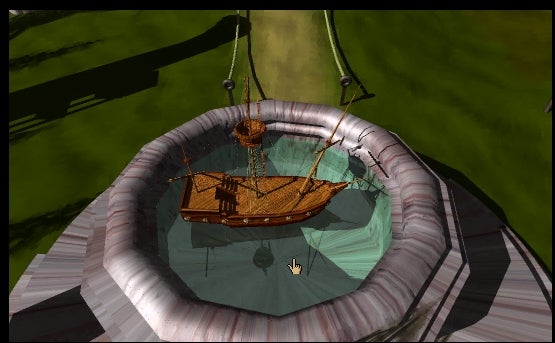I often think about how memory doesn’t exist. Our past is, instead, a complex process of reconstruction. If I open a door my brain retrieves its name, shape, the sound it makes, and where it leads from different parts of my brain. As someone who often looks back wistfully on media from my childhood, I’m amazed that these disparate points collate into memories so vivid and affecting.
As I age, I’m forced to wonder, however, whether my changing feelings about the experiences of my youth are down to growth or simply errors in this reconstitution. How much does my brain mislead me about my own past? Perhaps the answer is best found in something that was concretely defined in my childhood. After more than twenty years, I want to talk about Myst.
I was two when Myst released in 1993. Its influence and importance were lost on me, even as it arrived in my house in the late 90s. Yet, while other games that chugged along on the beige Gateway PC, set into an MDF corner table that dominated our dining room until the mid-2000s, have remained rare bright spots in my youth, Myst haunted me.
It sounds dramatic – and I being dramatic – but at a time when I might get a new game two, maybe three, times a year, games did have a more dramatic influence on me. By arriving so seldom, they became more formative. Myst stayed with me not because it inspired a particular feeling in me, but because it inspired nothing. I made no progress in the game. I didn’t make it out of the first age. I’m not sure I even solved a puzzle. In a childhood spent in the grip of the Nintendo 64, Myst was frustrating, abstruse, and boring.
